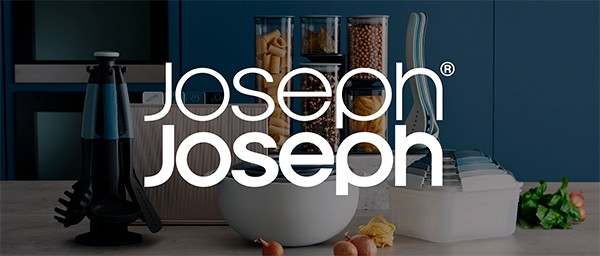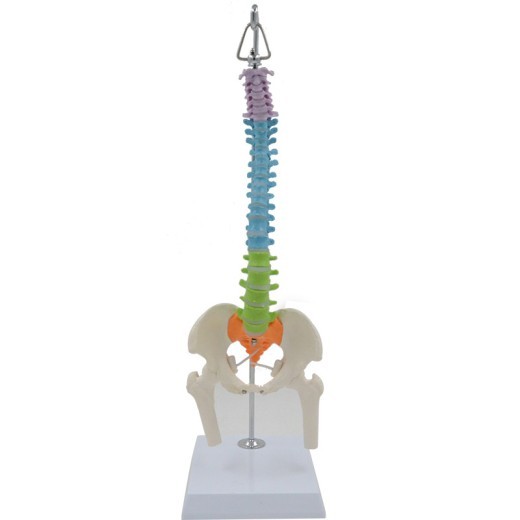
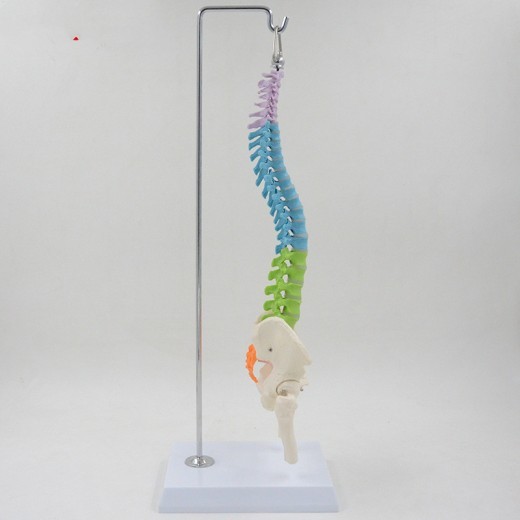
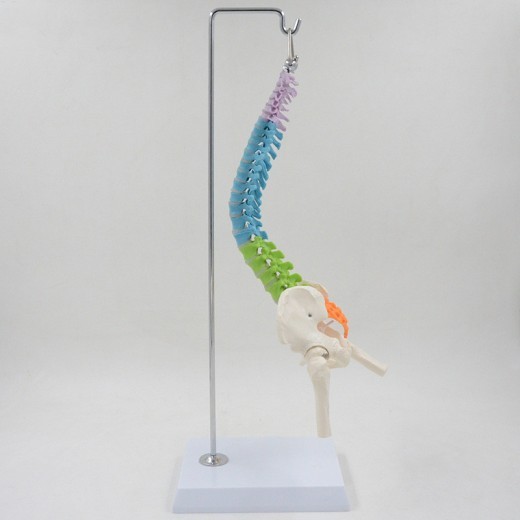
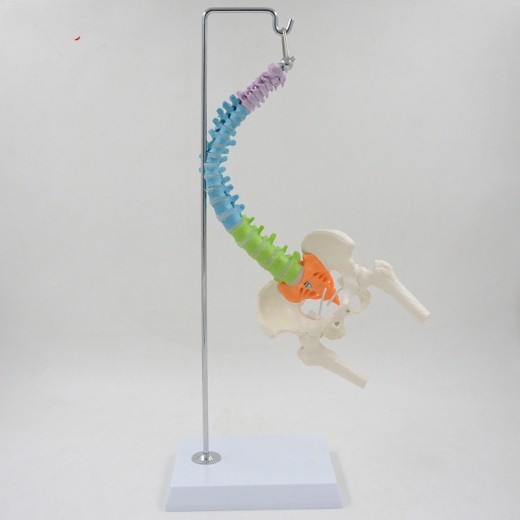
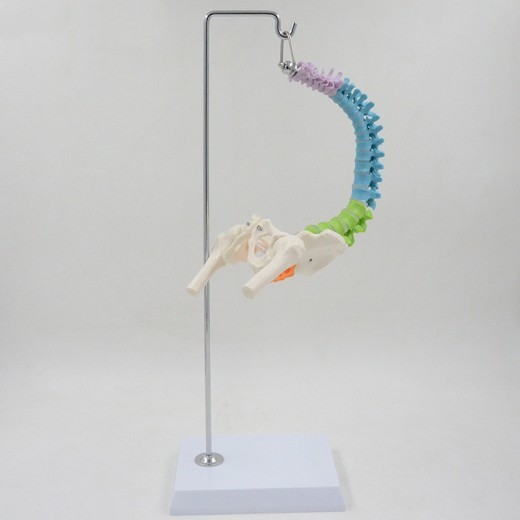
Color Human Spine Model Anatomical Vertebral Body Can Be Bent
Approx $50.85 USD
Introduction to the Flexible Color-Coded Human Spine Model
The Flexible Color-Coded Human Spine Model is an anatomical tool designed to provide an interactive and detailed understanding of the vertebral column. Featuring color-coded vertebrae and flexible construction, this model allows students, healthcare professionals, and educators to study the structure, alignment, and movement of the spine in a hands-on way. Ideal for classrooms, medical training, and clinical settings in New Zealand, this model offers a realistic view of the human spine, including the cervical, thoracic, lumbar, and sacral regions. Its bendable design supports demonstrations of spinal flexibility, making it an essential tool for understanding posture, spinal health, and alignment.
H2: Key Features of the Flexible Color-Coded Human Spine Model
1. Realistic Representation of Vertebral Anatomy
This model provides a realistic depiction of the human vertebral column, showcasing each section—cervical, thoracic, lumbar, sacral, and coccyx—with detailed vertebrae. Each vertebra is accurately shaped to reflect its function and position within the spine, allowing users to understand the unique characteristics of each spinal region. This model is ideal for those studying the anatomy and function of the vertebral column.
2. Color-Coded Vertebrae for Easy Identification
The spine model features color-coded vertebrae, helping users differentiate between each section of the spine. Each spinal region is designated with a unique color, making it easy to identify and study individual vertebrae, from the cervical vertebrae at the top to the sacrum at the base. This color-coding enhances comprehension and aids visual learners by clearly defining each part of the spine.
3. Flexible Construction for Demonstrating Movement
The spine model is designed with flexible joints that allow it to bend and twist, mimicking the natural movement of the human spine. This flexibility helps users understand spinal mechanics and how the vertebrae support movement and stability. It’s particularly useful for demonstrating how the spine adjusts during activities, making it an excellent resource for studying posture, physical therapy, and chiropractic care.
4. Includes Pelvis and Femur Heads for Realistic Alignment
In addition to the spine, this model typically includes the pelvis and the heads of the femurs, providing a complete representation of the lower skeletal system. This addition allows users to study how the spine connects with the pelvis, supporting a better understanding of body alignment, weight distribution, and lower back health. This feature is especially beneficial for those studying orthopedics and musculoskeletal health.
5. Durable and High-Quality Materials
Constructed from high-quality, non-toxic materials, this spine model is designed to withstand regular handling in educational and clinical environments. The durable construction ensures it retains detail and flexibility over time, making it suitable for anatomy classrooms, physical therapy centers, and chiropractic clinics in New Zealand. The quality materials provide a reliable resource for hands-on learning and demonstration.
6. Compact and Display-Ready Design
With its compact and display-ready design, the model can easily be placed on desks, tables, or shelves, making it accessible for study and demonstration. Its stable base ensures that it remains secure during use, allowing for easy interaction in classrooms or clinics. This portability and stability make it a versatile tool for educators and healthcare providers.
H2: Why Choose the Flexible Color-Coded Human Spine Model?
1. Essential for Anatomy and Physical Therapy Education
This spine model is a vital resource for teaching spinal anatomy, making it ideal for students in anatomy, physical therapy, and health sciences programs. The flexible and color-coded design allows students to visualize and understand spinal alignment, movement, and regional distinctions. For students in New Zealand, this model bridges the gap between theory and practical anatomy, enhancing their understanding of spinal health.
2. Perfect for Chiropractic and Physiotherapy Training
In chiropractic and physical therapy settings, this model is essential for explaining spine alignment, movement, and injury prevention. Trainers can use it to demonstrate common spinal conditions, such as herniated discs or scoliosis, and explain alignment techniques. This model is ideal for healthcare professionals focused on improving spine health and patient posture.
3. Supports Visual and Kinesthetic Learning
The model caters to both visual and kinesthetic learners, offering a hands-on experience that enhances understanding. The color-coded vertebrae support visual learning, while the flexible design allows kinesthetic learners to manipulate the spine, making the study of spinal anatomy and function more effective and engaging.
4. Useful for Patient Education in Clinical Settings
This model is invaluable for patient education, allowing healthcare providers to visually explain spinal anatomy and conditions like lower back pain, alignment issues, and disc injuries. By offering a physical model that patients can see and touch, healthcare providers can help patients understand treatment plans and preventative care, promoting informed decision-making in clinical consultations.
5. Educational Display for Clinics and Classrooms
Beyond its educational value, the Flexible Color-Coded Human Spine Model serves as an informative display for classrooms, clinics, and health centers. In clinical settings, it provides a helpful visual aid for discussing spinal health with patients. For educators and healthcare providers in New Zealand, this model promotes greater awareness of spinal function, alignment, and preventative care.
H2: Maintenance and Care Tips for Your Flexible Color-Coded Human Spine Model
To keep your model in excellent condition, follow these care tips:
-
Dust Regularly: Use a soft cloth or brush to remove dust from the model, especially around the vertebrae and flexible
joints. Regular cleaning helps maintain the model’s appearance and prevents dirt buildup.
-
Avoid Direct Sunlight: Display the model away from direct sunlight to prevent colors from fading over time, ensuring that
it retains its vibrant look and quality.
-
Handle with Care: While the model is durable, handle it gently to avoid damaging the flexible joints, particularly when
bending or twisting the spine.
- Store Properly When Not in Use: When the model is not displayed, store it in its original packaging or a dust-free area to protect it from potential damage. Proper storage helps extend the model’s lifespan for long-term use.
Product Information :
Material: PVC
Specifications: 45cm
This model is a 1/2 natural large bendable color spine with pelvic spine model. The vertebral body is flexible and bendable, and can be
misaligned to facilitate medical teaching and communication between doctors and patients.
Product: 45cm color hanging flexible spine model





The product may be provided by a different brand of comparable quality.
The actual product may vary slightly from the image shown.

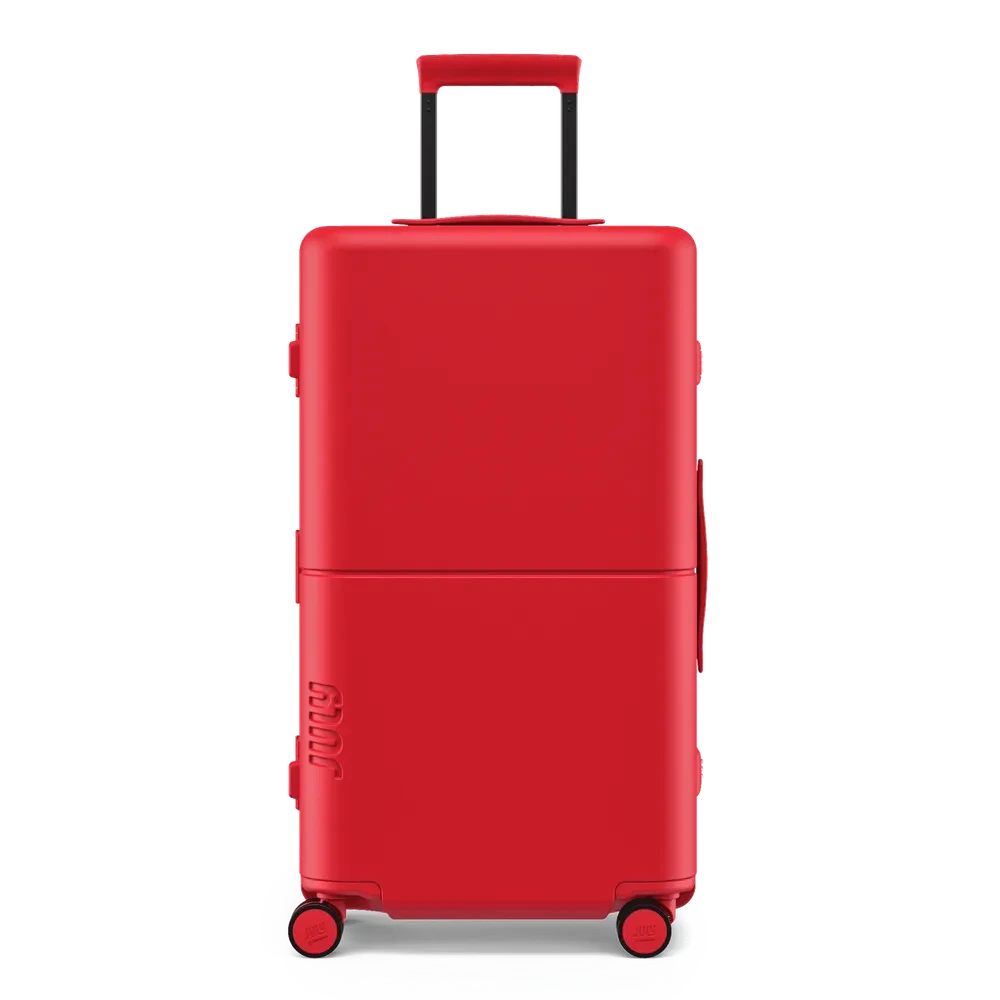

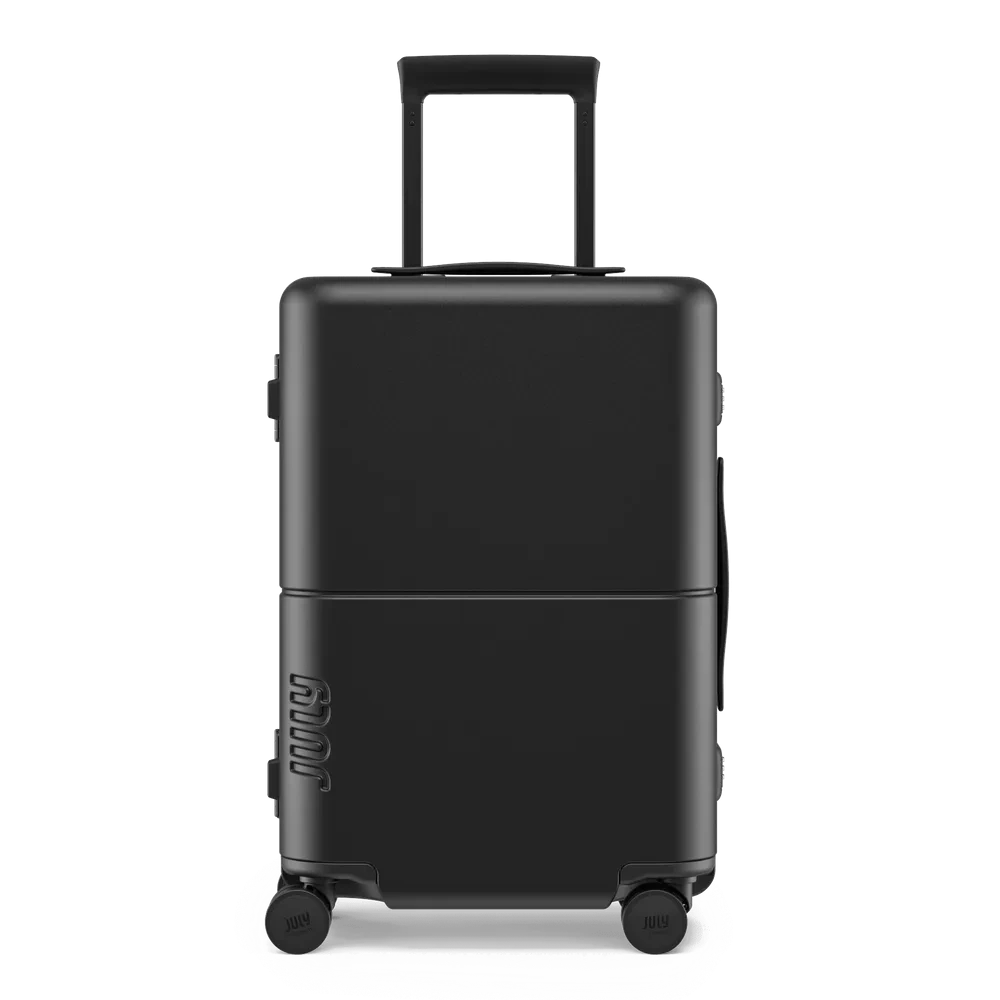

.webp)
.webp)
.webp)
.webp)

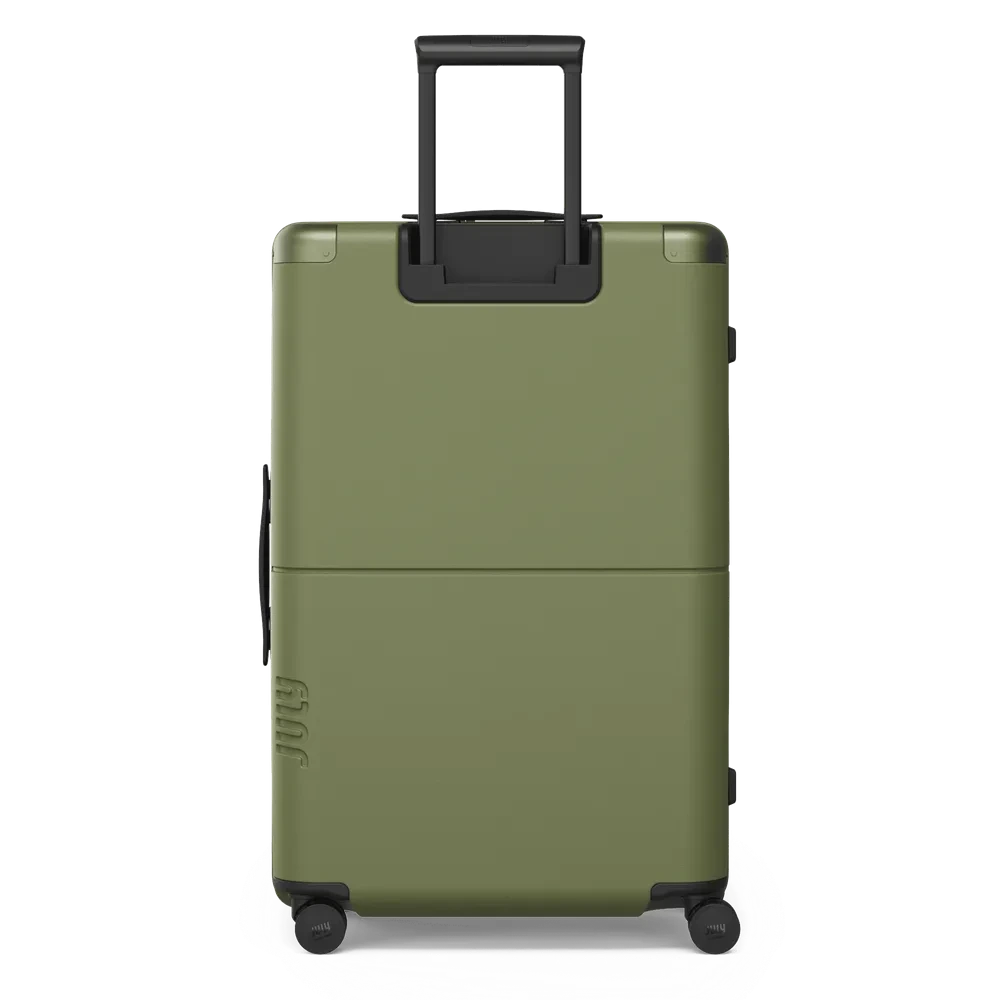


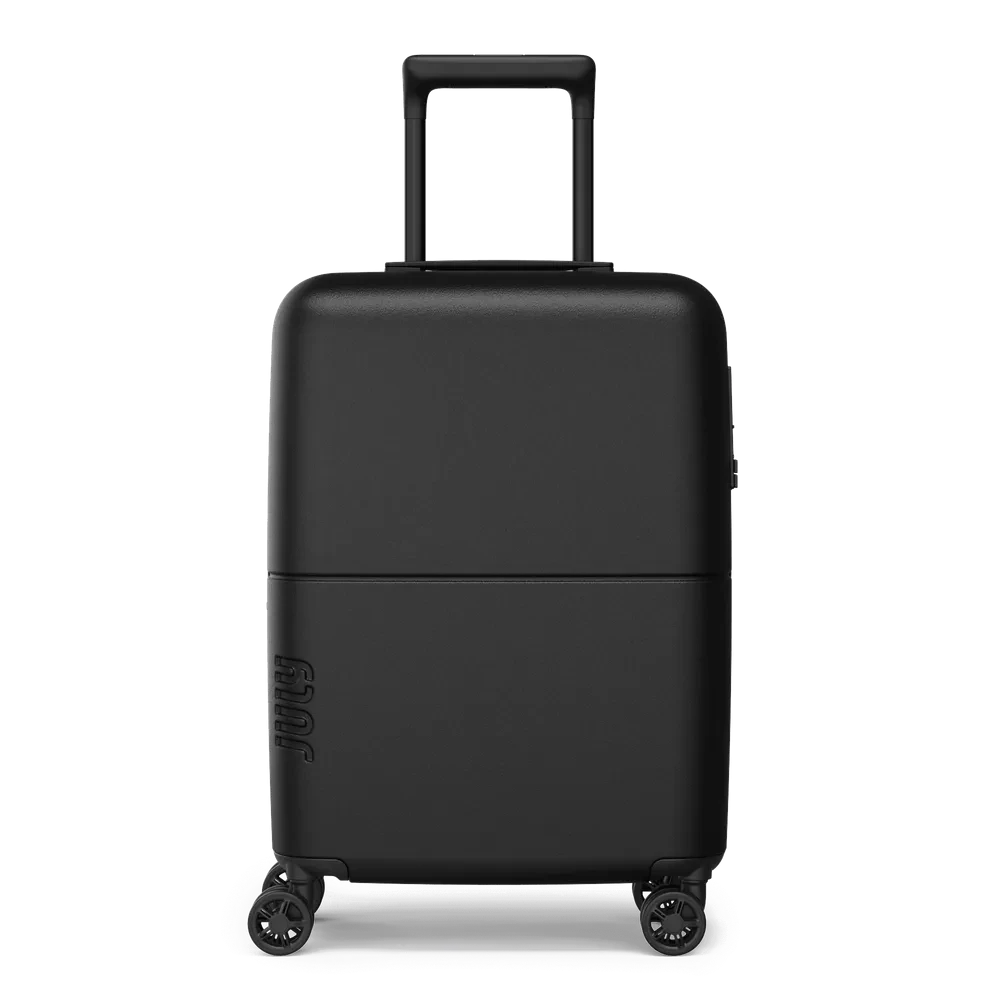


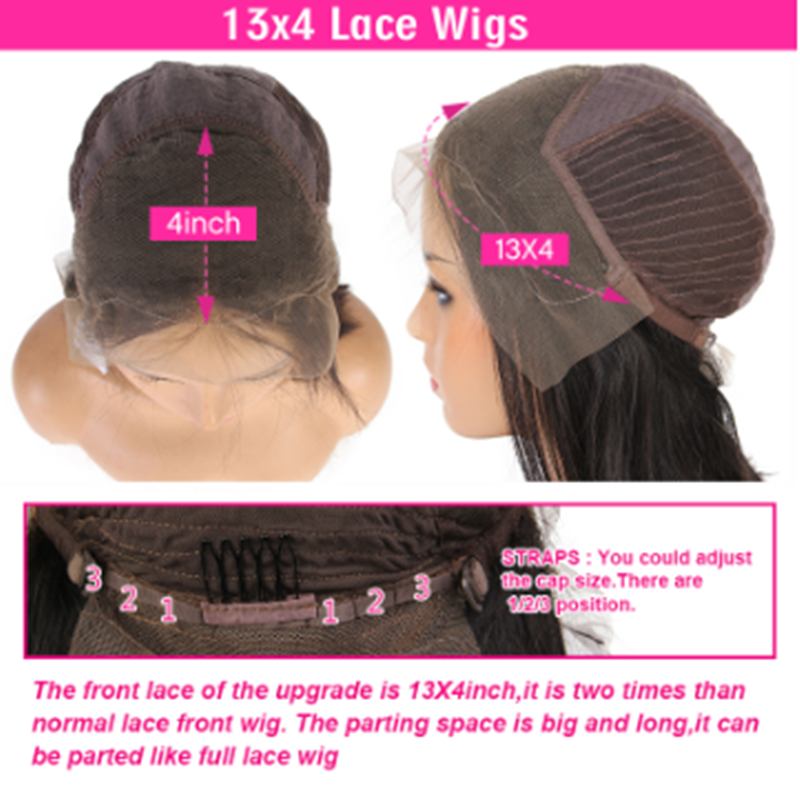


.jpg)









.jpg)





.jpeg)





.jpeg)



.jpeg)








.jpeg)



.jpeg)

.jpeg)

.jpeg)

.jpeg)




.jpeg)
.jpg)

.jpeg)






.jpeg)
.jpeg)




.jpeg)





.jpeg)


.jpeg)

.jpeg)

.jpeg)

.jpeg)







.jpeg)
.jpeg)
.jpeg)





.jpeg)



.jpeg)






.jpg)
.jpeg)









.jpg)


ulva-Logo.jpg)




.jpeg)



.png)















.png)
